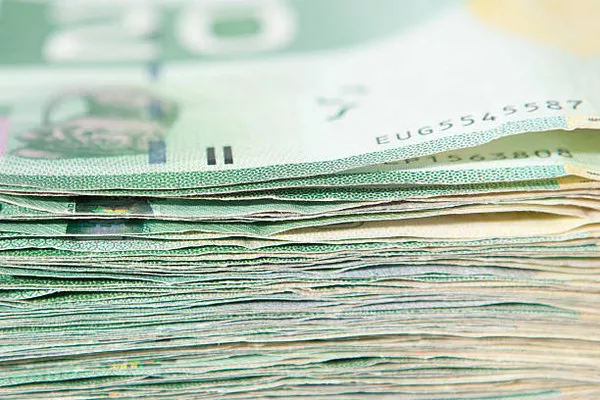The Canadian silver dollar holds a special place in the hearts of collectors and investors alike. With its rich history, iconic designs, and intrinsic value, the Canadian silver dollar has become a sought-after numismatic treasure. In this comprehensive guide, we’ll explore the factors that influence Canadian silver dollar value, delve into the history of these iconic coins, and provide insights for collectors and investors looking to acquire or evaluate their holdings.
A Brief History of Canadian Silver Dollars
The history of Canadian silver dollars dates back to the early 20th century when the Dominion of Canada first introduced the silver dollar coin in 1935. Designed by renowned artist Emanuel Hahn, the inaugural Canadian silver dollar featured the iconic image of a voyageur paddling a canoe, paying homage to Canada’s rich heritage and rugged landscape.
Over the years, Canadian silver dollars have undergone various design changes and commemorations, reflecting the evolving identity and aspirations of the nation. From the iconic “Loonie” depicting a common loon on the reverse to special editions commemorating national anniversaries and cultural milestones, Canadian silver dollars offer a captivating journey through Canada’s history and culture.
4 Factors Influencing Canadian Silver Dollar Value
Several factors contribute to the value of Canadian silver dollars, including:
Silver Content: The intrinsic value of Canadian silver dollars is primarily determined by the silver content of the coin. Most Canadian silver dollars minted before 1967 contain 80% silver and 20% copper, while those minted from 1967 to 1968 contain 50% silver and 50% copper. The silver content of the coin directly affects its melt value and overall worth.
Mintage: The rarity of a Canadian silver dollar is often determined by its mintage, or the number of coins produced during a specific year. Low-mintage coins are typically more valuable to collectors due to their scarcity and historical significance. Conversely, high-mintage coins may have lower values, although exceptions exist for coins with exceptional historical or numismatic significance.
Condition: The condition, or grade, of a Canadian silver dollar significantly impacts its value. Coins in uncirculated or mint condition with minimal signs of wear and handling command higher prices than those with visible scratches, dents, or discoloration. Numismatic grading agencies, such as the Professional Coin Grading Service (PCGS) and the Numismatic Guaranty Corporation (NGC), provide standardized grading scales to assess the condition of coins accurately.
Historical Significance: Canadian silver dollars with unique designs, commemorative motifs, or historical significance may attract premium prices from collectors and investors. Coins celebrating national anniversaries, royal occasions, or cultural icons often hold special appeal and command higher values in the numismatic market.
Evaluating Canadian Silver Dollar Value
When evaluating the value of Canadian silver dollars, collectors and investors should consider the following steps:
Research: Conduct thorough research on the specific coin or coins you wish to evaluate. Familiarize yourself with key mintage dates, historical context, and numismatic trends to gain insight into the coin’s value potential.
Consult Price Guides: Utilize reputable price guides, coin catalogs, and online resources to assess the current market value of Canadian silver dollars. Price guides provide valuable information on recent sales, auction results, and price trends, helping collectors make informed decisions about buying, selling, or trading coins.
Grade the Coin: Evaluate the condition of the coin using numismatic grading standards to determine its grade. Look for signs of wear, luster, and surface quality to assess the coin’s overall condition accurately. Coins graded higher on the Sheldon scale (e.g., Mint State or Proof) typically command higher prices due to their superior condition.
Consider Rarity and Demand: Take into account the rarity and demand for the specific coin in question. Low-mintage coins, coins in exceptional condition, and coins with unique designs or historical significance may fetch higher prices from collectors and investors seeking to add rare and desirable pieces to their collections.
Seek Professional Appraisal: If uncertain about the value of a Canadian silver dollar or collection, consider seeking a professional appraisal from a reputable coin dealer or numismatic expert. A qualified appraiser can provide an accurate assessment of the coin’s value based on market conditions, historical data, and industry expertise.
Conclusion
In conclusion, Canadian silver dollars represent a fascinating blend of numismatic history, artistic beauty, and intrinsic value. Whether collected for their historical significance, aesthetic appeal, or investment potential, Canadian silver dollars continue to captivate enthusiasts around the world. By understanding the factors that influence Canadian silver dollar value, conducting thorough research, and seeking expert guidance when needed, collectors and investors can navigate the numismatic market with confidence and build valuable collections for generations to come.


